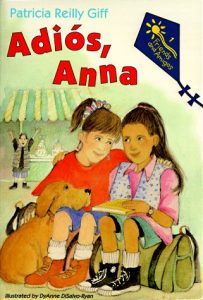Priya’s day is a cheerful story of Priya’s busy, busy day – how she wakes up early in the morning, rolls up her mat, helps her mother and then sets off into the hills chasing butterflies… This activity book also shows how to tell the story in a more exciting way, while folding a sheet of newspaper into interesting shapes from the story.
Language
Little Treasures
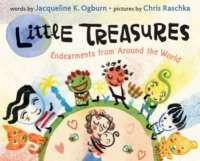
All over the world, people express their love for their children through endearments, such as sweetie pie or peanut. A child might be called little angel, angelito, in Spanish or precious, bao bei, in Chinese or my sweet little moon, mera chanda, in Hindu. Little Treasures offers a wealth of endearments in fourteen languages to share with your own beloved poppet and petit chou.
Thailand
Describes the geography, history, government, economy, people, religion, language, and culture of Thailand, a predominantly Buddhist country located in Southeast Asia. Includes several recipes.
Poemas A La Luna
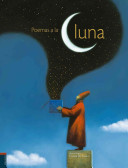
This collection includes works by world-renowned poets, among them Lorca, Goethe, Whitman, and Shelley. Each poem appears first in Spanish, and then in its original language, if the poem was translated. For instance, Emily Dickinson’s selection appears in Spanish and English, while Wang Wei’s appears in Spanish and Chinese. The book opens with an excerpt from Christina Rossetti’s Is the Moon Tired? in which the orb is personified as a tired, hardworking woman. Its Spanish translation actually sounds more musical than the original English. The hauntingly beautiful full-page digital paintings have an ethereal quality that transports readers into the lyrical poetry. The Moon appears in each illustration, sometimes as a crescent, sometimes full, and sometimes as a woman’s face. This oversize treasury will be perfect for a world-poetry unit, a lesson on the art of translation, or special poetry programs at schools and libraries.–Rebecca Hickman, Sherman Library at NSU, Fort Lauderdale, FL
The Unbreakable Code
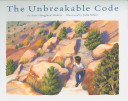
John’s mother is geting married and he has to leave the reservation. John’s grandfather tells him he has the special unbreakable code to take with him. This story portrays the quiet pride of a Navajo code talker as he explains to his grandson how the Navajo language, faith and ingenuity helped win World War II.
Dzani Yazhi Naazbaa’ / Little Woman Warrior Who Came Home: A Story Of The Navajo Long Walk

Dzanibaa’ is alone when U.S. troops swoop down on her family’s hogan. Before she can run to safety, a soldier grabs her and puts her on his horse. She is taken to Fort Canby, and from there is forced to walk to Bosque Redondo. For four long years, Dzanibaa’ and her family endure incredible hardship and sacrifice. Crops wither. Food is scarce or so tainted that it poisons. Illness strikes. At times there seems no hope of a better future. Nevertheless, this time of trial gives Dzanibaa’ a profound sense of herself as a Navajo and of the importance of her culture. As never before, Dzanibaa’ realizes the significance of the clan system, of the prayers and songs of her people, and of exerting herself to help her family. Hear Dzanibaa”s story, and discover why she is the Little Woman Warrior Who Came Home.
A Daisy Is a Daisy Is a Daisy (Except When It’s a Girl’s Name)
Many girls are named after flowers (or even forms of the word “flower,” such as Flora). Girls’ names in different languages accompany her imaginative illustrations of flowers, so that the reader discovers, for example, that Gul means rose in Turkish, but that it is Rosa in Spanish and Rodanthe in Greek. Flowers named in the book include rose, heather, buttercup, sunflower, lily of the valley, daisy, bluebell, snowdrop, hyacinth, myrtle, camomile, cherry blossom, jasmine, violet, tulip, poppy. This can be used in the classroom to talk about culture, language and botany.
Adios, Anna (Friends And Amigos)
To Timbuktu
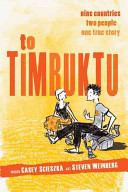
Casey and Steven met in Morocco, moved to China, then went all the way to Timbuktu. This illustrated travel memoir tells the story of their first two years out of college spent teaching English, making friends across language barriers, researching, painting, and learning to be themselves wherever they are.
Subway Girl

He is shy. Unassuming. Inexperienced. She is Subway Girl. Cool. Unattainable. From the moment he sees her on a Hong Kong subway, Simon is intrigued by Amy, but he doesn’t have the nerve to talk to her. When he finally works up the courage, he realizes he can’t. Because Amy doesn’t speak Chinese, and Simon is failing English. But somehow, Amy and Simon connect, and they find that they understand each other. Enough for Simon to admit that he is dropping out of school. Enough for Amy to confess that she is pregnant with her ex-boyfriend’s baby. Amy and Simon feel lost in a world so much bigger than they are, and yet they still have each other. In this brilliant debut by P. J. Converse, two unlikely teenagers discover that love has a language all its own.


